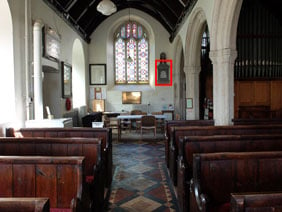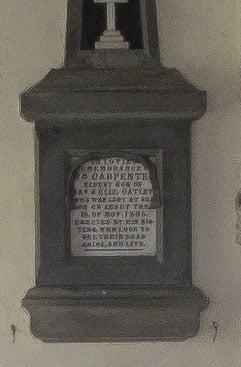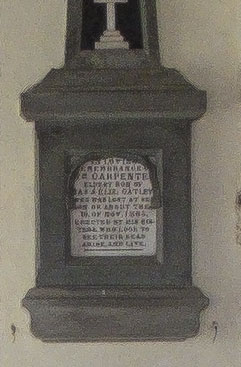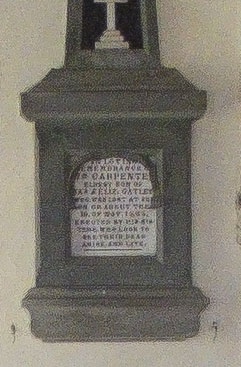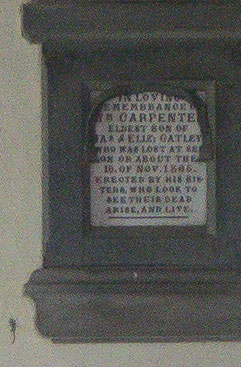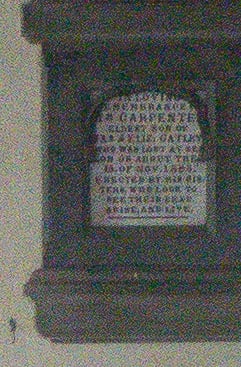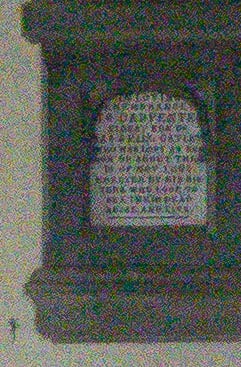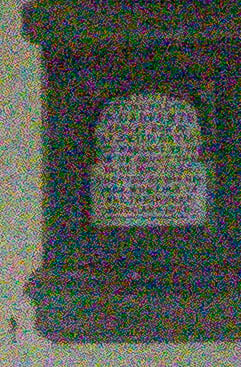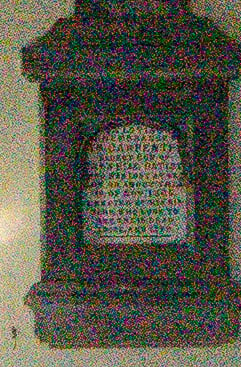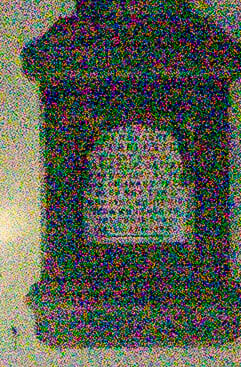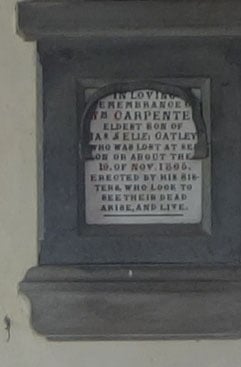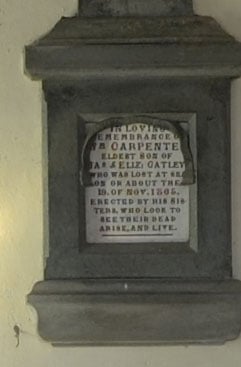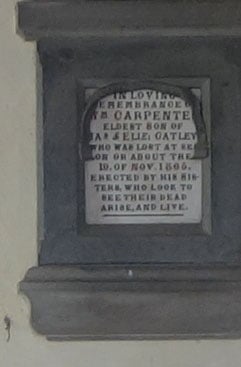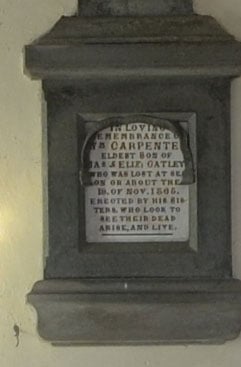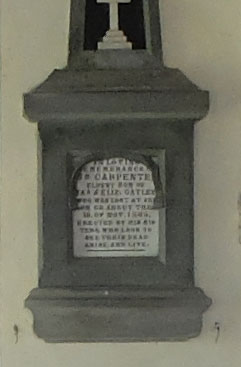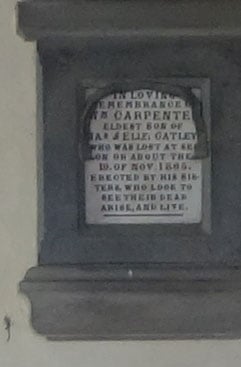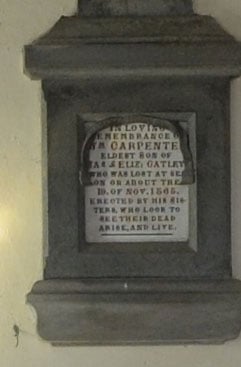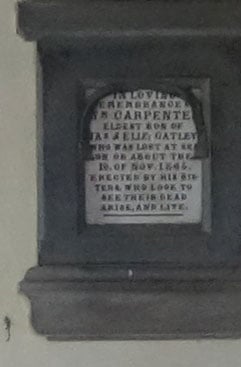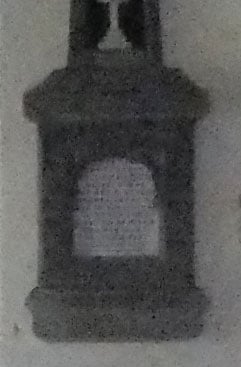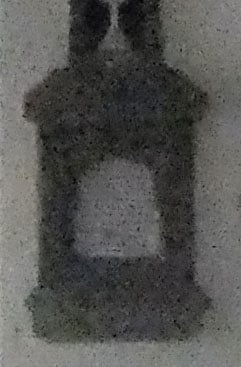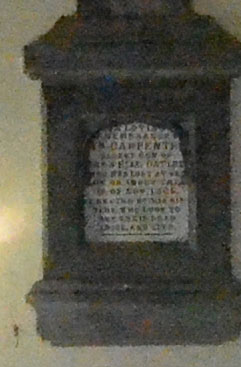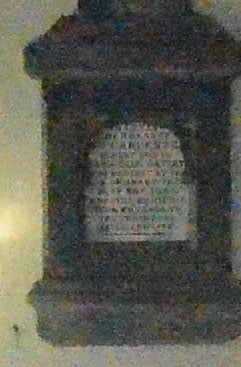Fujifilm X20 review
-
-
Written by Ken McMahon
Quality
Fujifilm X20 vs Sony RX100 II vs Nikon COOLPIX A quality
|
Fujifilm X20 |
Sony RX100 II |
Nikon COOLPIX A | ||
 |  | 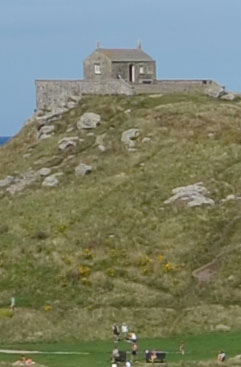 | ||
f4, 100 ISO |
f4, 160 ISO |
f5.6, 100 ISO | ||
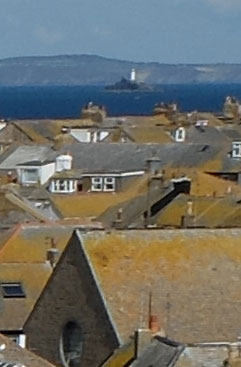 |  |  | ||
f4, 100 ISO |
f4, 160 ISO |
f5.6, 100 ISO | ||
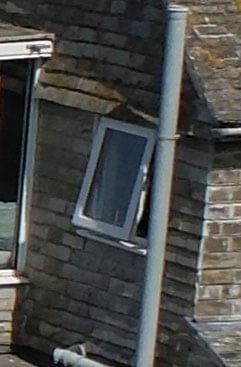 | 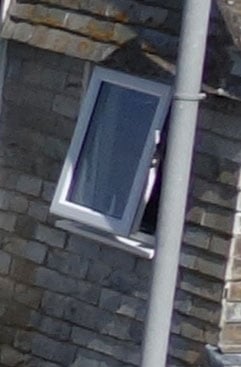 | 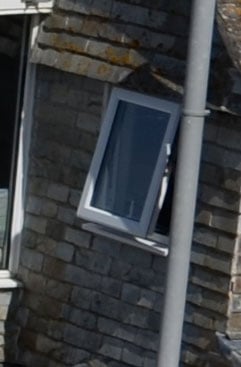 | ||
f4, 100 ISO |
f4, 160 ISO |
f5.6, 100 ISO | ||
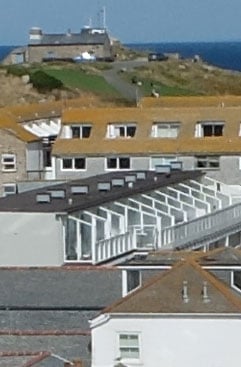 | 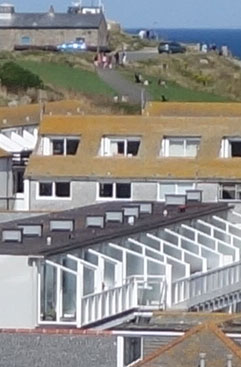 |  | ||
f4, 100 ISO |
f4, 160 ISO |
f5.6, 100 ISO |
Fujifilm X20 results : Quality / RAW quality / Noise / RAW Noise
Fujifilm X20 vs Sony RX100 II vs Nikon COOLPIX A quality RAW
|
Fujifilm X20 RAW |
Sony RX100 Ii RAW |
Nikon COOLPIX A RAW | ||
 |  |  | ||
f4, 100 ISO |
f4, 160 ISO |
f5.6, 100 ISO | ||
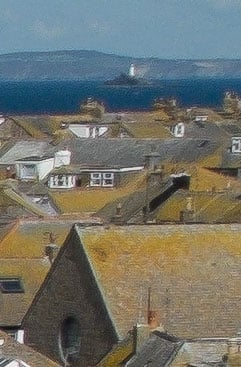 | 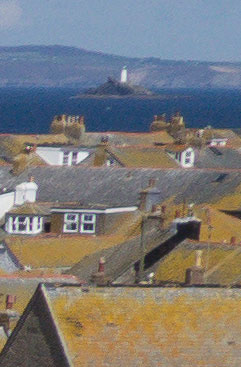 |  | ||
f4, 100 ISO |
f4, 160 ISO |
f5.6, 100 ISO | ||
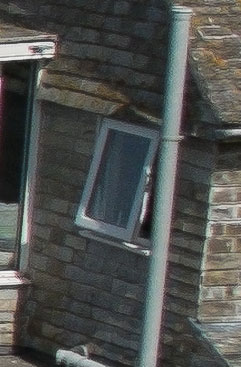 | 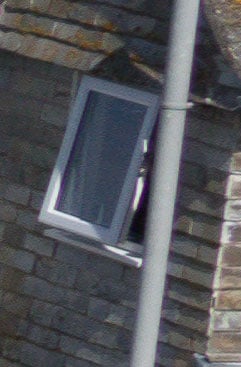 | 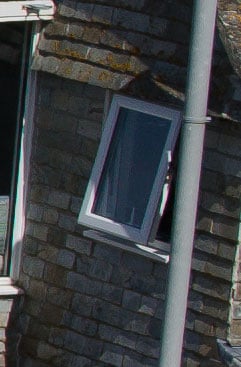 | ||
f4, 100 ISO |
f4, 160 ISO |
f5.6, 100 ISO | ||
 |  |  | ||
f4, 100 ISO |
f4, 160 ISO |
f5.6, 100 ISO |
Fujifilm X20 results : Quality / RAW quality / Noise / RAW Noise
Fujifilm X20 vs Sony RX100 II vs Nikon COOLPIX A Noise RAW
The above shot was taken with the Fujifim X20 in Aperture priority mode. The camera was mounted on a tripod and tonal enhancement features were left on their default settings. As usual, the crops are taken from the areas marked by the red rectangle. I processed the files in Adobe Camera RAW using identical settings: Sharpening at 70 / 0.5 / 36 / 10, Luminance and Colour Noise Reduction both set to zero, and the Process to 2012 with the Adobe Standard profile. These settings were chosen to reveal the differences in sensor quality and isolate them from in-camera processing. The high degree of sharpening with a small radius enhances the finest details without causing undesirable artefacts, while the zero noise reduction unveils what’s really going on behind the scenes – as such the visible noise levels at higher ISOs will be much greater than you’re used to seeing in many of my comparisons, but again it’s an approach that’s designed to show the actual detail that’s being recorded before you start work on processing and cleaning it up if desired. These RAW results pretty much bear out what we saw with the JPEGs and there are no real surprises. They also confirm what you’d expect to see based purely on the physical size of the sensors. The Nikon COOLPIX A has the lowest noise levels, followed by the Sony RX100 II and then then the Fujifilm X20. One other important difference is that COOLPIX A offers RAW shooting throughout its sensitivity range, as does the Sony RX100 II, albeit with a lower top setting of 12800 ISO (for 25600 ISO you need to switch to Multi Frame Noise Reduction mode). The Fujifilm X20, however, only goes up to 3200 ISO. Do remember the caveats noted on the previous page concerning maximum apertures where a brighter lens can allow lower ISOs under the same lighting and the same shutter speed. This allows the X20 to use lower ISOs than its rivals, especially when zoomed-in, but again any advantage in its light gathering can be over-turned by the benefit of a bigger sensor. Now head over to my Fujifilm X20 sample images to see some more real-life shots in a variety of conditions.
|
|
Fujifilm X20 vs Sony RX100 II vs Nikon COOLPIX A Noise JPEG
The above shot was taken with the Fujifilm X20 in Aperture priority mode. The camera was mounted on a tripod and tonal enhancement features were left on their default settings. Dynamic range was set to Auto and Noise reduction was set to 0. On the Sony RX100 II DRO (Dynamic Range Optimisation) was set to Auto, High ISO noise reduction was set to Auto and Long exposure Noise reduction was on. On the COOLPIX A Active D-Lighting and Long exposure noise reduction was off. As usual, the crops are taken from the areas marked by the red rectangle The aperture on the Fujifilm X20 was set to f4 and at its base 100 ISO sensitivity setting it metered an exposure of 1/7. The Sony RX100 II , also at f4, metered 1/6 at its base 160 ISO setting. The COOLPIX A produces its best results at f5.6, where it metered 1/3 at 100 ISO. The Sony RX100 II has a an ISO range of 160 to 12800 ISO with an extension at the lower end offering 100 and 125 ISO. I’ve included a 100 ISO crop for reference, but you’ll almost certainly experience reduced dynamic range at these lower ISO settings, so for comparison purposes at base ISO settings, the 160 ISO crop is the one to compare with the 100 ISO crops from the Fujifilm X20 and the Nikon COOLPIX A. The 20.2 Megapixel sensor on the RX100 II is higher resolution than the 16.2 Megapixel sensor of the COOLPIX A which itself is higher than the 12 Megapixel Fujifilm X20. So the RX100 crops show a smaller area with bigger detail than those from the other two models. The other major difference is the physical size of these sensors with the Nikon COOLPIX A sporting the biggest APS-C sized sensor, followed by the 1 inch sensor of the Sony RX100 II, then the 2/3 inch X-Trans sensor of the Fujifilm X20. We’ll see what impact all of these differences has on the noise performance of these three models momentarily. First lets look at the Fujifilm X20 crops. At its base 100 ISO sensitivity the X20 produces a very good result. There’s just a little bit of texture visible in the flat colour of the wall but it isn’t distracting and doesn’t interfere with detail. The noise increases marginally at 200 ISO, the text isn’t quite so clear and the edges soften a little. Then at 400 ISO there’s another visible increase in noise textures that obscures more of the fine detail in the text and nibbles at the edges of the memorial panel. Up to this point though, the noise is well in hand and results are easily good enough for 100 percent reproduction. At 800 ISO things take a turn for the worse though. This is more than the cumulative result of each step up the sensitivity ladder; the difference between 400 and 800 ISO is much more obvious than the earlier changes, noise is now very visible over the entire frame and contrast and detail are suffering as a result. At 1600 ISO the text is only barely legible and full sized prints or larger screen images are going to be borderline quality. 3200 ISO looks ok at smaller sizes but from there on up there’s more noise than image data and the 6400 and 12800 setting really are for emergency use only. Compared with the crops from the RX100 II, at the base ISO sensitivity there’s little between them. As soon as the sensitivity starts to climb, though, the Sony’s advantage begins to tell. The Fujifilm X20 200 ISO crop has a little bit of texture, but at 400 ISO there’s a good deal of noise around that’s absent, or at least a lot less visible in the RX100 II crop. From there on up the gap widens at every step and by 1600 ISO the RX100 II has at least a 1EV advantage over the Fujifilm X20. As we found with the outdoor test results, the COOLPIX A’s bigger sensor also gives it the upper hand where noise is concerned. At the base ISO sensitivity there isn’t much in it, but from 400 ISO up the COOLPIX A opens up a gap that just keeps on growing as you go up the sensitivity scale. The RX100 II keeps up with the COOLPIX A until around 1600 ISO but from there it suffers the same fate and just can’t compete with the bigger sensor of the COOLPIX A in the upper half of the range. That advantage also gives the COOLPIX A an additional 25600 setting that the Fujifilm X20 and Sony RX100 II lack. One final thing worth pointing out is that the focal ratio, or maximum aperture is a big practical factor when it comes to ISO sensitivity. At its wide angle setting, the Fujifilm X20’s maximum f2 aperture is a stop wider than the f2.8 aperture of the Nikon COOLPIX A. That means that under the same conditons using the same shutter speed with both cameras set to their maximum aperture, you could shoot at 400 ISO on the X20 where you’d be using 800 ISO on the COOLPIX A. So in the spirit of fairness, you should shift the X20 results down a notch in the table below so that the 100 ISO sample is next to the Nikon at 200 ISO and so on. The same goes for the RX100 II, which has an f1.8 maximum aperture, when comparing with the COOLPIX A. It’s also worth remembering the X20 enjoys an almost two stop advantage in aperture over the RX100 II when both cameras are zoomed-into their longest telephotos, allowing it to use lower ISOs under the same conditions and shutter speeds. To find out how much of a role processing plays in keeping noise at bay in these crops take a look at my Fujifilm X20 RAW noise results page to see just how much noise is present behind the scenes. Or head over to my Fujifilm X20 sample images to see some more real-life shots in a variety of conditions.
|
|
